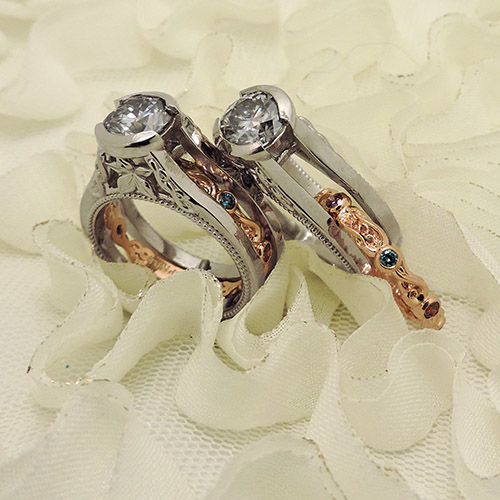
There are many different colours used to represent the LGBTQ+ community. Each color has its own meaning.
The classic Pride rainbow flag was created in 1978 by Gilbert Baker. It originally had eight stripes with different meanings: pink for sex, red for life, orange for healing, yellow for sun, green for nature, turquoise for magic, blue for serenity and purple for spirit.
Pink
Pink is a colour that represents femininity, romance and unconditional love. It is also a nurturing color that can be soothing and energizing at the same time.
In a world where people are constantly faced with discrimination, pink has become a symbol of resistance and freedom for many LGBTQ jewelry. It’s a color that has changed over the years and is now used for a variety of reasons.
Red
For LGBT people, red represents life. This color is also used to represent passion, a very important value of the community.
The Non-Binary Pride Flag was created by Kye Rowan in 2014 to represent non-binary people who don’t feel represented by the genderqueer flag. The flag has yellow, white, purple, and black horizontal stripes.
Orange
There are many colors that represent LGBT people, and one of the most popular is orange. It is a color that represents pride, courage, and ingenuity.
The color is often paired with the other colors of the rainbow to represent LGBT pride in all its forms. It is also the colour of choice for those who are proud to be bisexual, which is a fancy way of saying that they have romantic or sexual attraction to both men and women.
Yellow
Yellow is the color of choice for many LGBT people. This is due to the fact that it represents all genders and doesn’t fall into the male-female binary.
It’s also a great colour for aromantics, who don’t believe in romance and don’t subscribe to traditional sexuality boundaries.
The Non-Binary Pride Flag was created by Kyle Rowan in 2014. It features four horizontal stripes – white, yellow, purple, and black.
Green
In the early days of the LGBTQ movement, colour was a form of expression and identification. Green was often worn by gay men as a subtle way of identifying themselves.
Gilbert Baker designed the original eight-color rainbow flag for the 1978 San Francisco’s Gay Freedom Celebration, with each color indicating a specific aspect of LGBTQ life. Pink stood for sexuality, red for life, orange for healing, yellow for sunlight, green for nature, turquoise for art and indigo for harmony.
Blue
Blue is an important color for the LGBT community. It represents loyalty and fidelity, as well as the healing properties of water.
The original Pride flag, which was designed by Gilbert Baker, has eight stripes: pink for sex, red for life, orange for healing, yellow for sunlight, green for nature, turquoise for art, indigo for serenity and violet for spirit.
A bisexual person is attracted to both men and women, usually while identifying as female. The colors of the bisexual flag are pink and royal blue with a purple stripe in the center.
Purple
Purple is a color that has a lot of spiritual meanings and is connected to a lot of different things. It has been around for a long time and has a lot of history behind it.
It is said that purple has the ability to uplift, calm nerves and encourage creativity. It is a very versatile colour that can be used by all age groups, genders and cultures.
Gray
Gray is a neutral colour that falls between black and white. It is often used to complement a brighter color. It can also be a silvery color. It is a colour that many people enjoy. It is a neutral color and is commonly found in buildings, cars, and other items. It is also a common color in animals and birds.